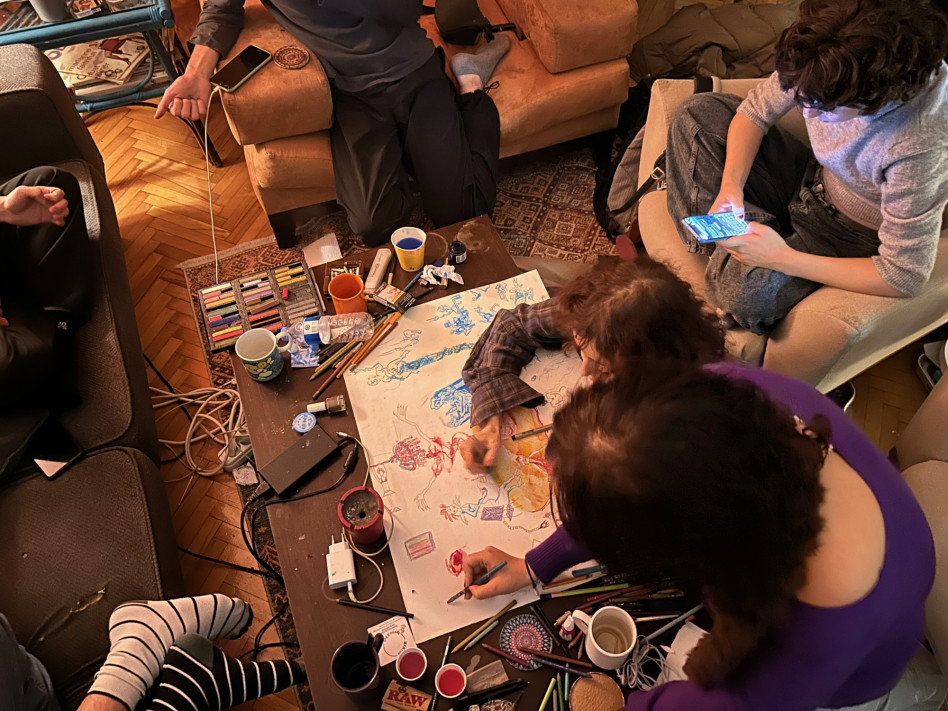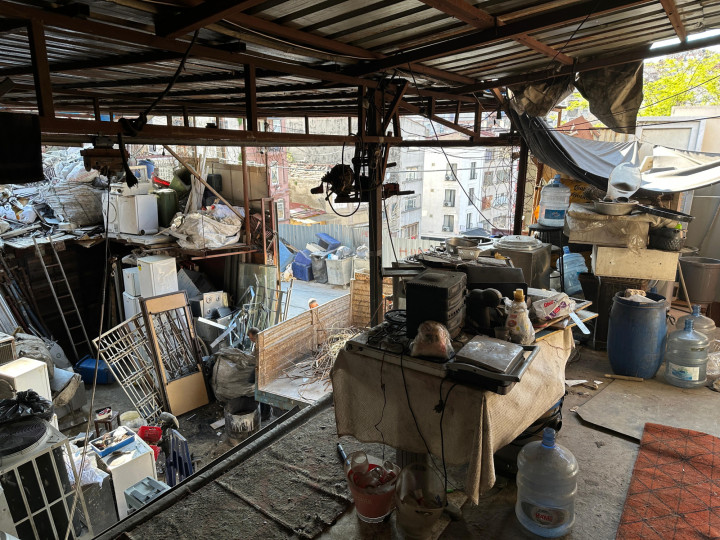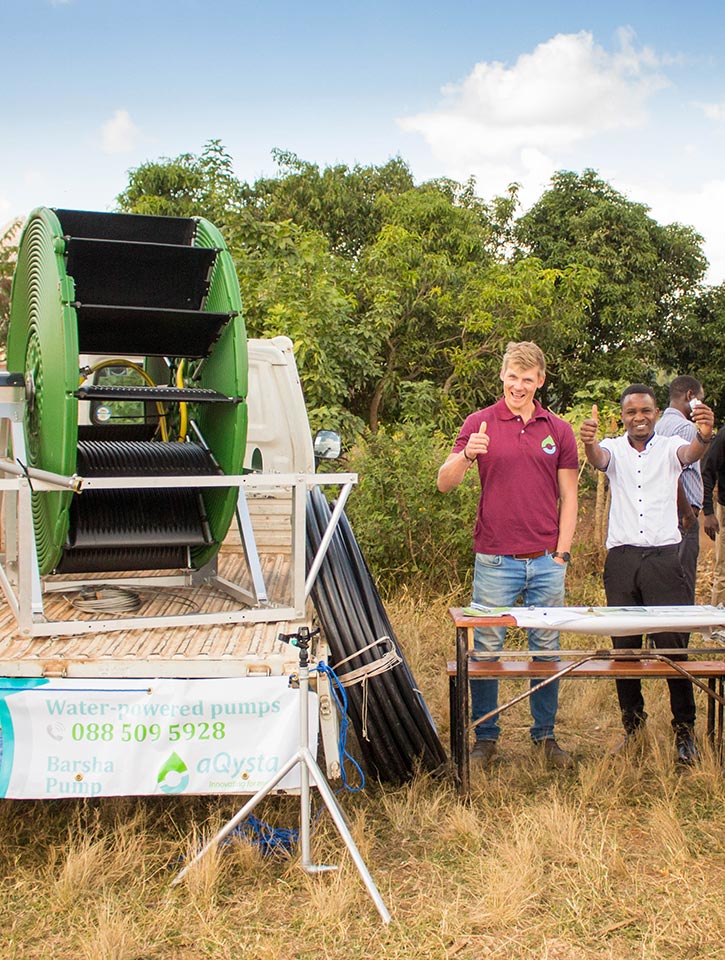Mees van Rhijn is undertaking a project as part of his final thesis project for the Architecture master. In order to explore the communal aspect of architecture, he's returning to Istanbul after having lived and studied there to create together with the LGBTQIA+ community. Too often, the built environment is aimed directly at marginalizing certain groups of society. As a counteract, this project is aimed at queering the process of architecture by transforming it from a tool of oppression into a site of inclusion. ‘Queer’ here is an interpretation of the word as a verb and thus, with an affect: to disrupt and to actively let go of normativity, to lose modes of duality. This involves dissolving hierarchy within the built environment.
In order to create in a way that is horizontal and as little prescriptive as possible, collectivity is engrained in the entire process, from the research to design and the actual construction. To highlight the potential of this experiment, a stage and art installation space will be constructed in together with the LGBTQIA+ community of Istanbul. What this space will look like is not predetermined – instead, ideas will emerge from the interactive and participatory collaboration.
Not only does building together in this way lead to playful and creative solutions, it also fosters a sense of social cohesion. This is highlighted by the function of the project, which will enable the celebration of artists whose voices are generally silenced. Beyond these aspects of social sustainability, circularity will be enabled through the reuse of waste materials.


